Nature Tours in Lake Clark & Katmai National Parks
While many visitors come with the expectation of witnessing bears in their natural habitat, it would be remiss not to explore the diverse offerings of the Lake Clark and Katmai regions. Whether it’s spooking a flock of sandhill cranes or bald eagles, watching a moose and her calf, or a lone wolf surround them, no nature documentary will ever be able to replace the experience of seeing it in-person.


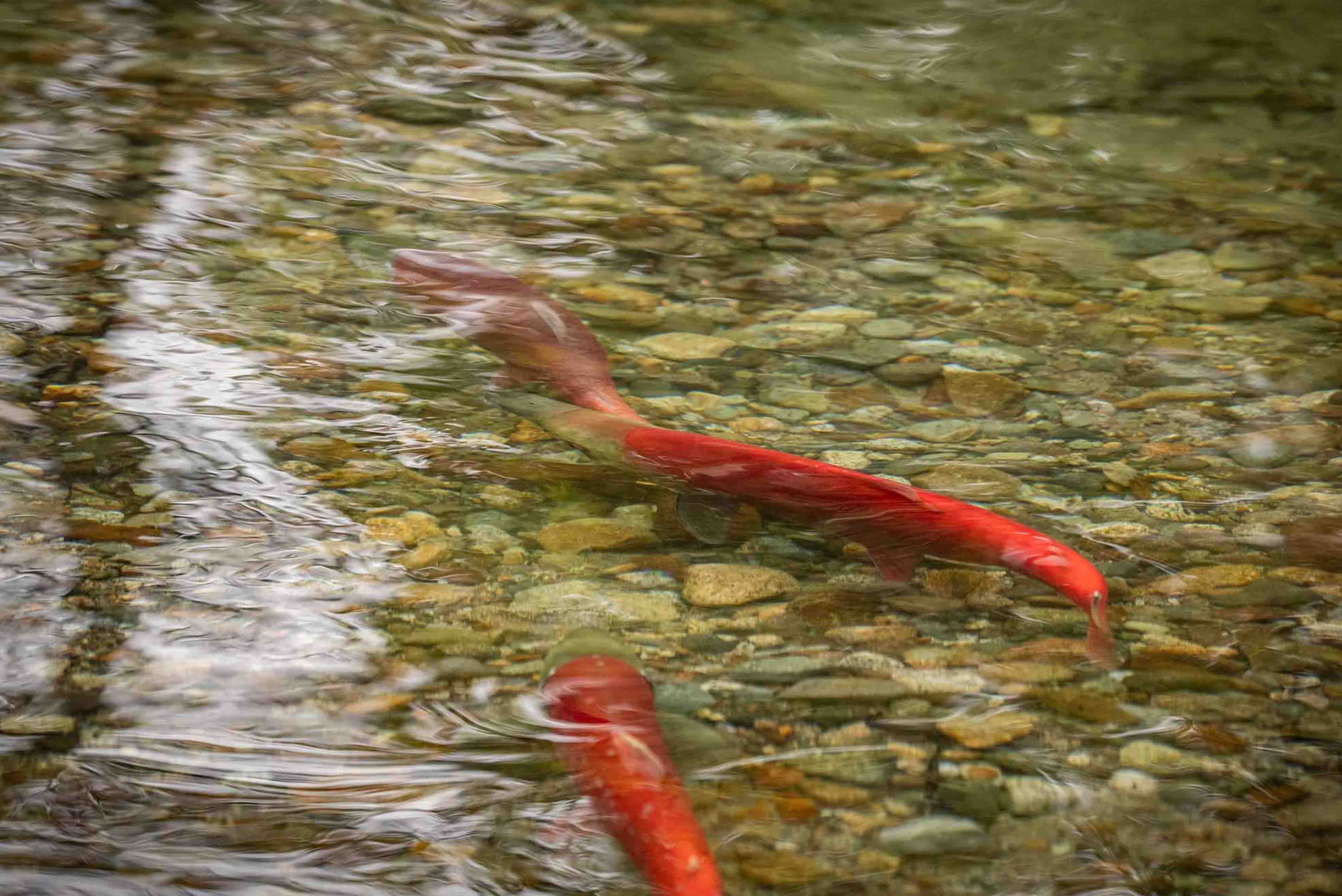
Wildlife Photography for Beginners & experts
You might be equipped with the Sony A7iii, Nikon Z7, Canon DSLR, or a smartphone with remarkable video capabilities. Regardless of where you fit on the photography spectrum, the likelihood is high that at least one of your snapshots will find its place printed, framed and displayed in your home office or living room.
For the typical national park visitor, the excitement of encountering wildlife often overshadows the breathtaking backdrops where these moments happen. Glaciers, volcanoes, sheer cliffs, towering mountains, and waterfalls plunging thousands of feet into the ocean provide the perfect stage for witnessing the 35 species of mammals inhabiting the region.
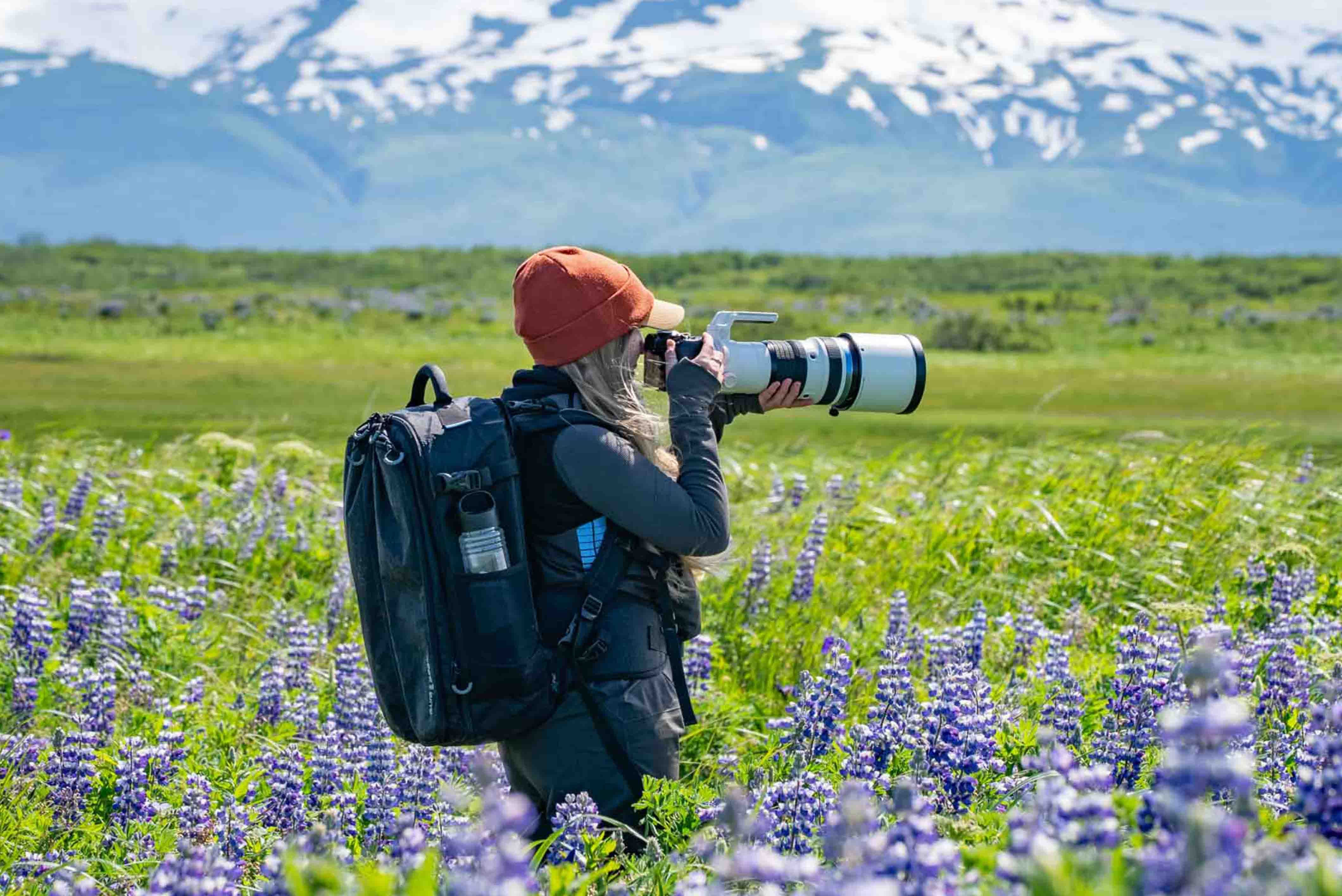
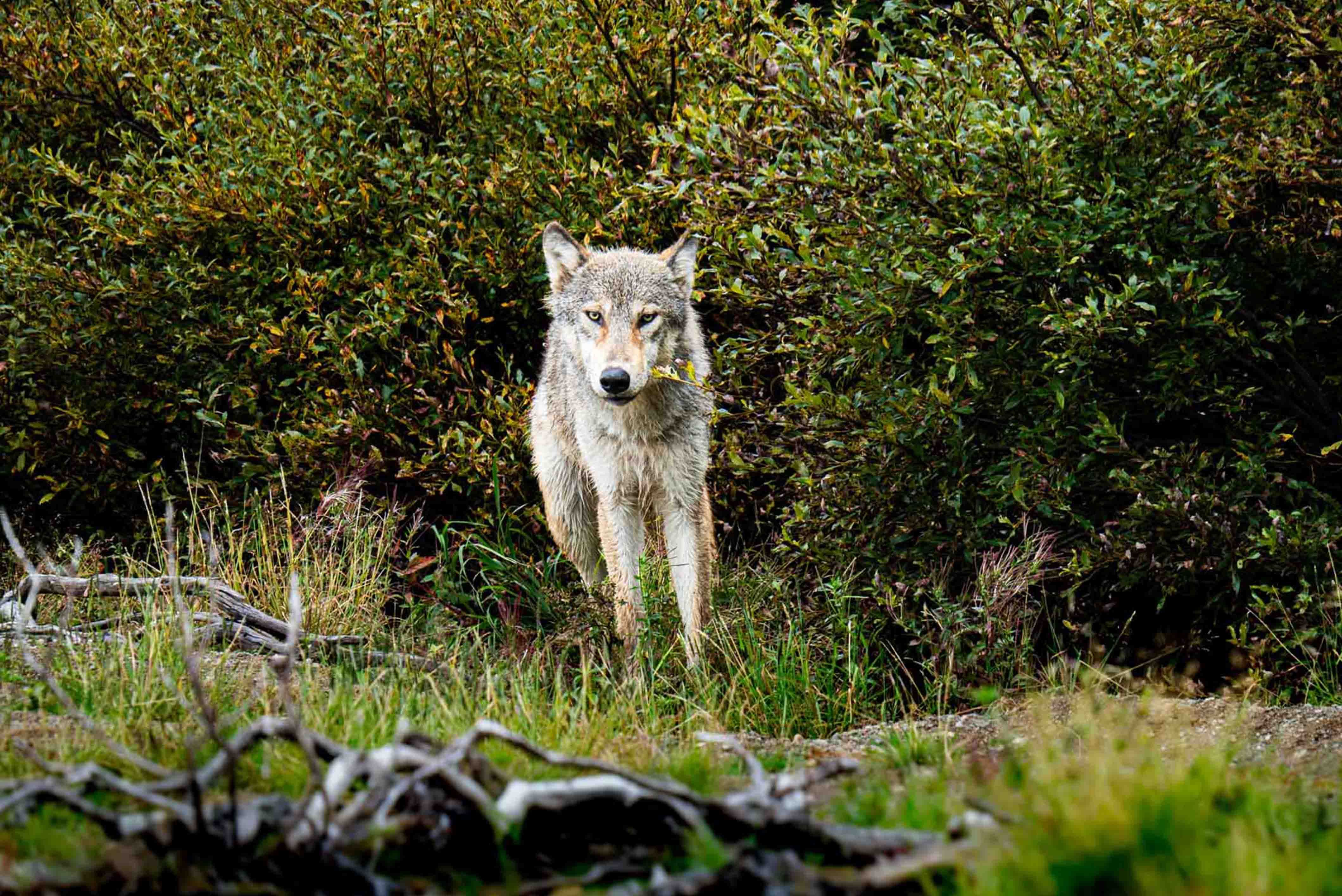

Birding the Alaskan Peninsula
Both Lake Clark and Katmai National Parks provide unique opportunities for bird watching and bird photography. While migratory birds add to the spectacle, the parks host a plethora of resident species. From ptarmigan in the uplands to rare chance of spotting horned puffins on the beaches, the diversity of life is obvious. In the same mile of river you can find a dozen bald eagles, while just upstream in the headwaters you can find a pair of harlequin ducks. For those keen on checking off some new species off their list, be sure to review the 180 bird species in our area.
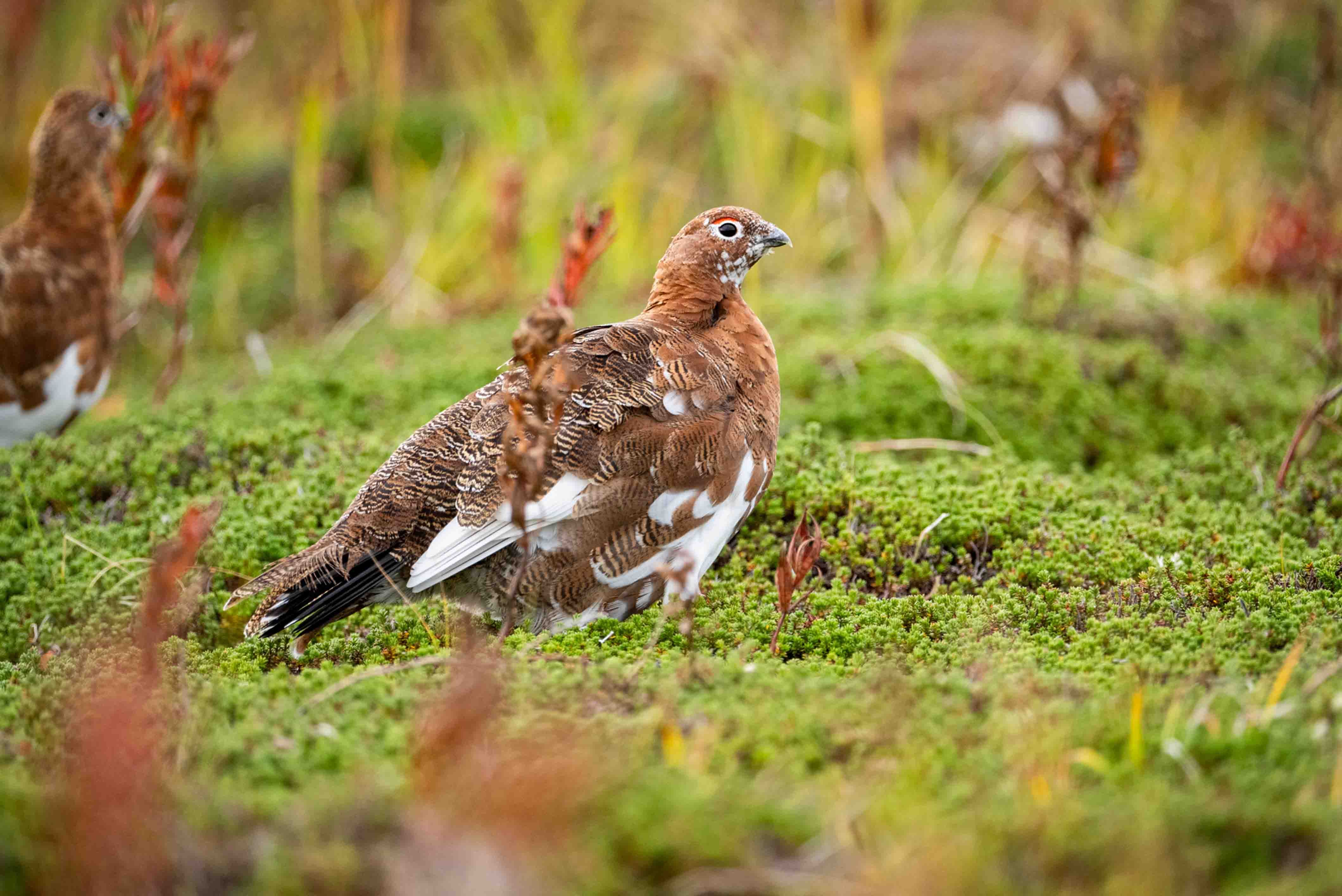
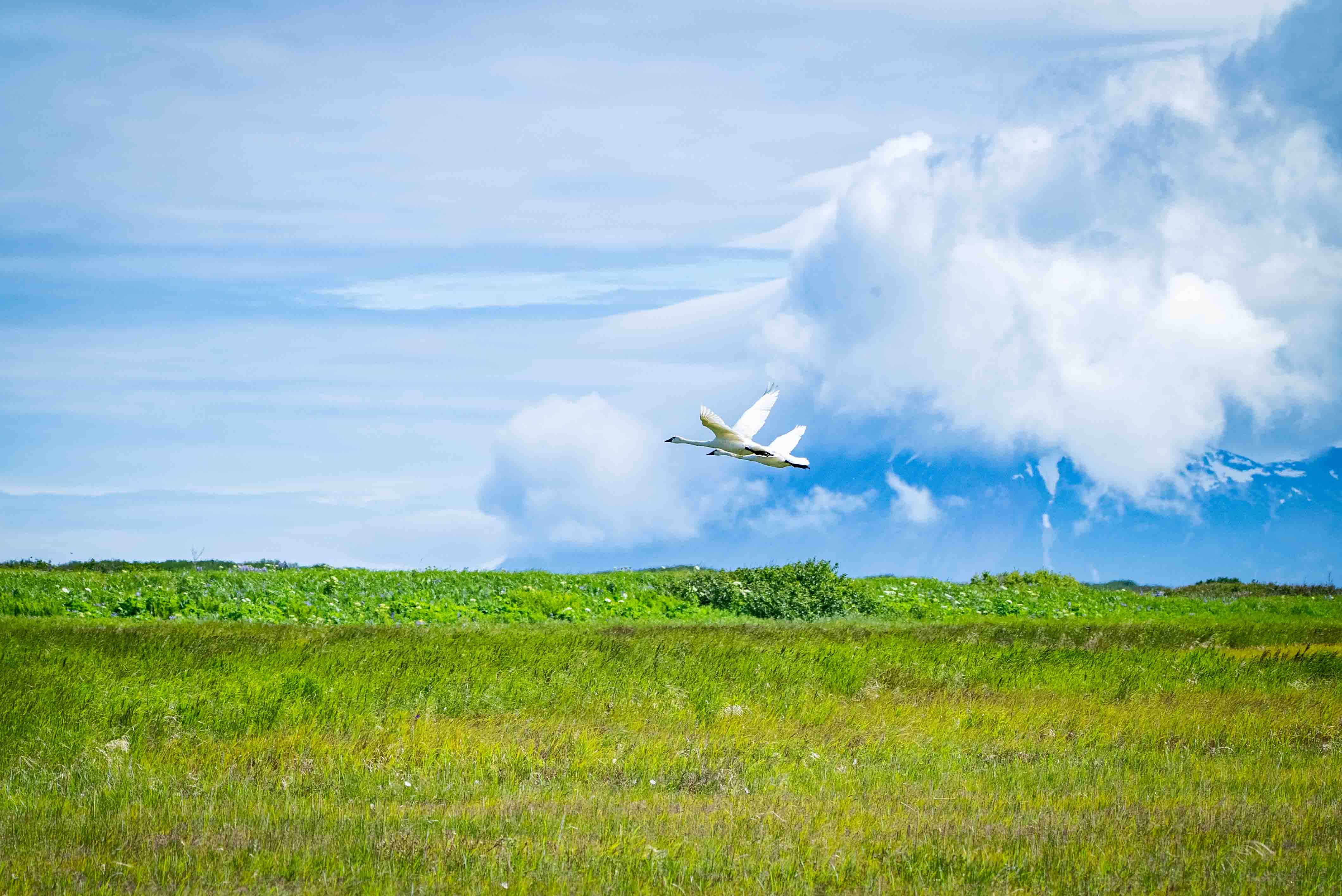
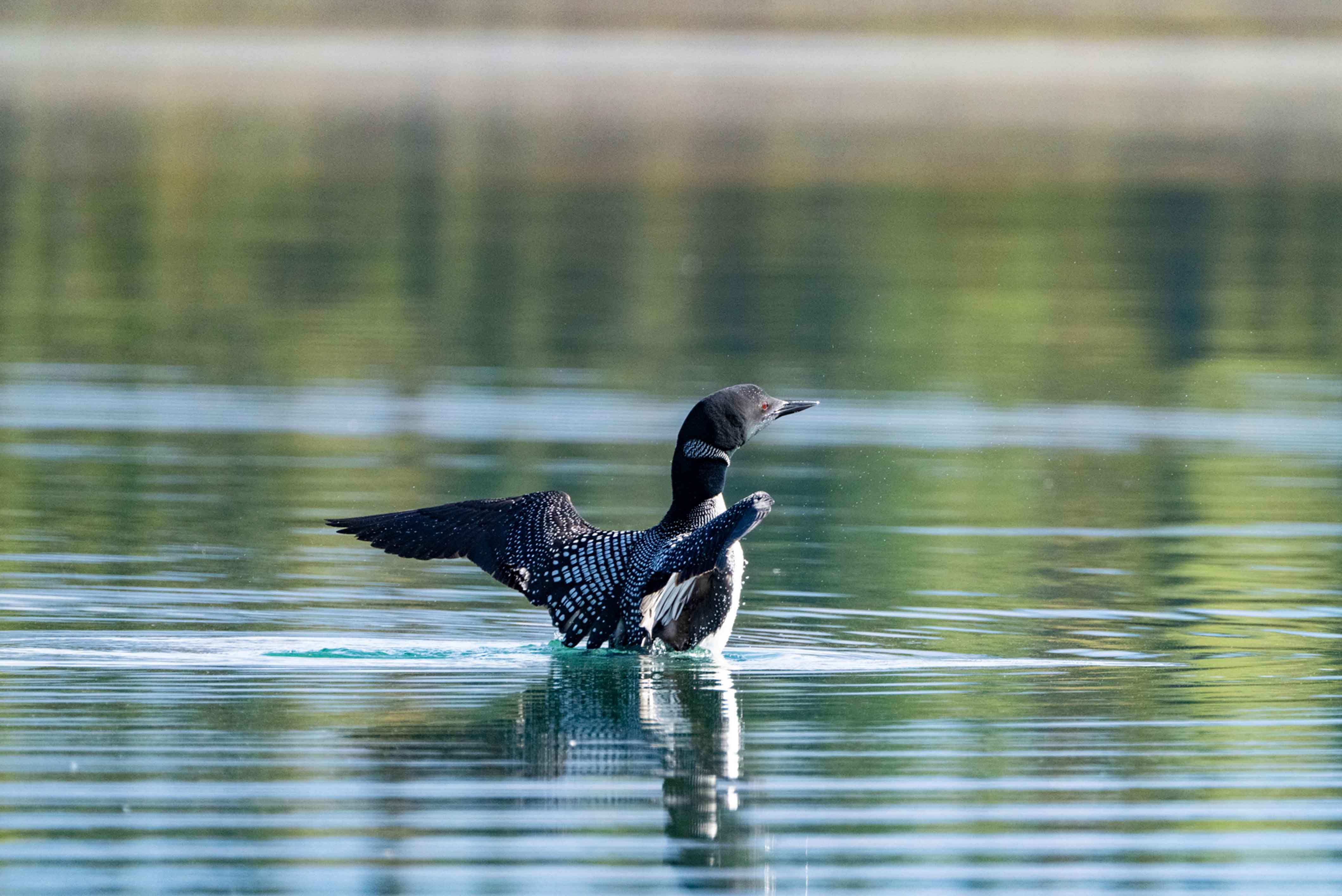
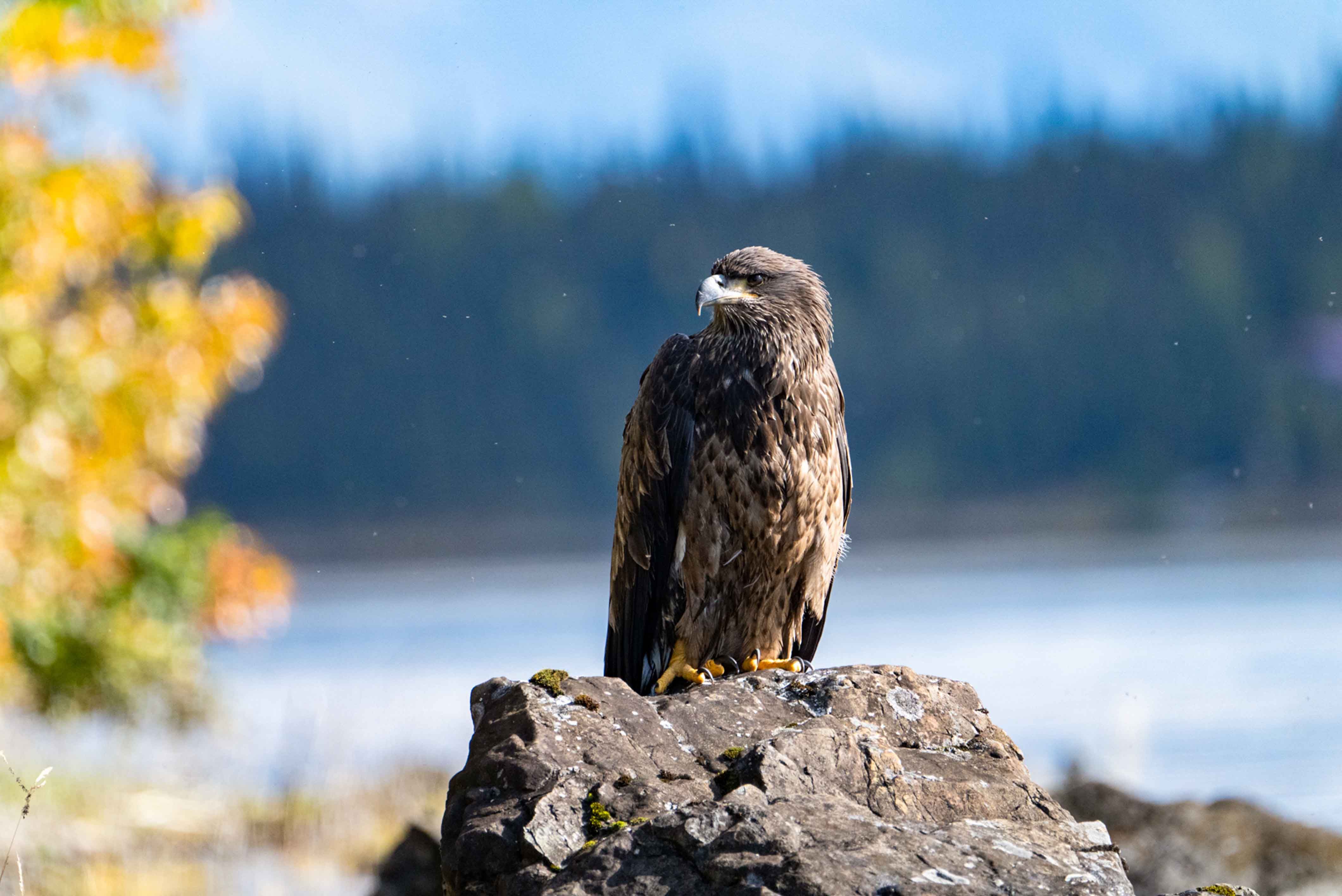
Forest, Tundra and the Blueberries in Between.
On the eastern side of the Chigmit Mountains, rivers meander through forests of sitka and white spruce before descending through tundra-covered foothills. The western side of the park is mostly boreal forest with spruce and birch. In these areas, you can find some of the best wild blueberries in the state, and you can pick as many as you want. The prime season is between August and early September. While it may appear straightforward to some, the experience of handpicking your own wild Alaskan blueberries and eating them alongside one of our renowned desserts is not just an extra delight, but even more so, an essential gift you can bring back to your family and friends.
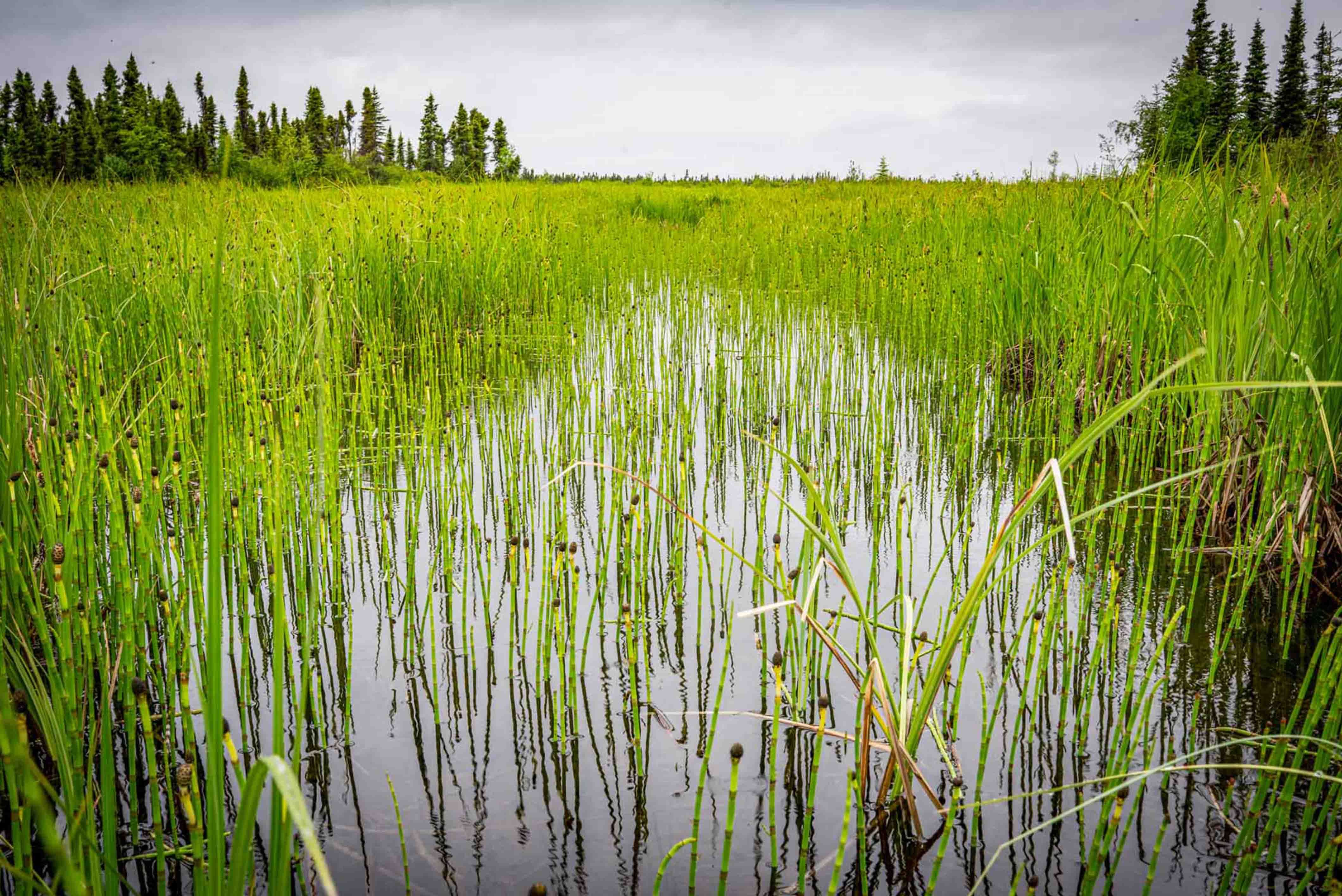

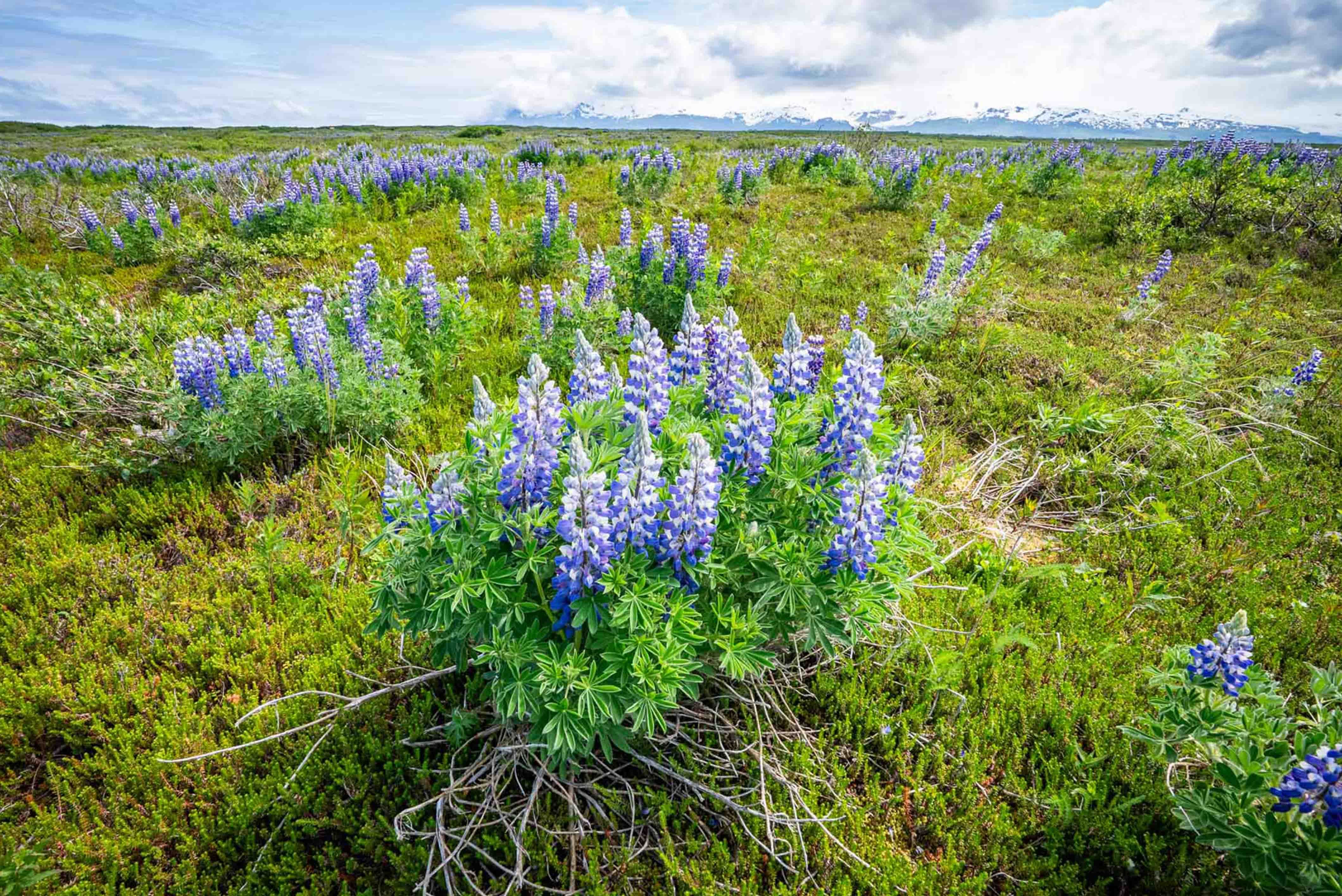
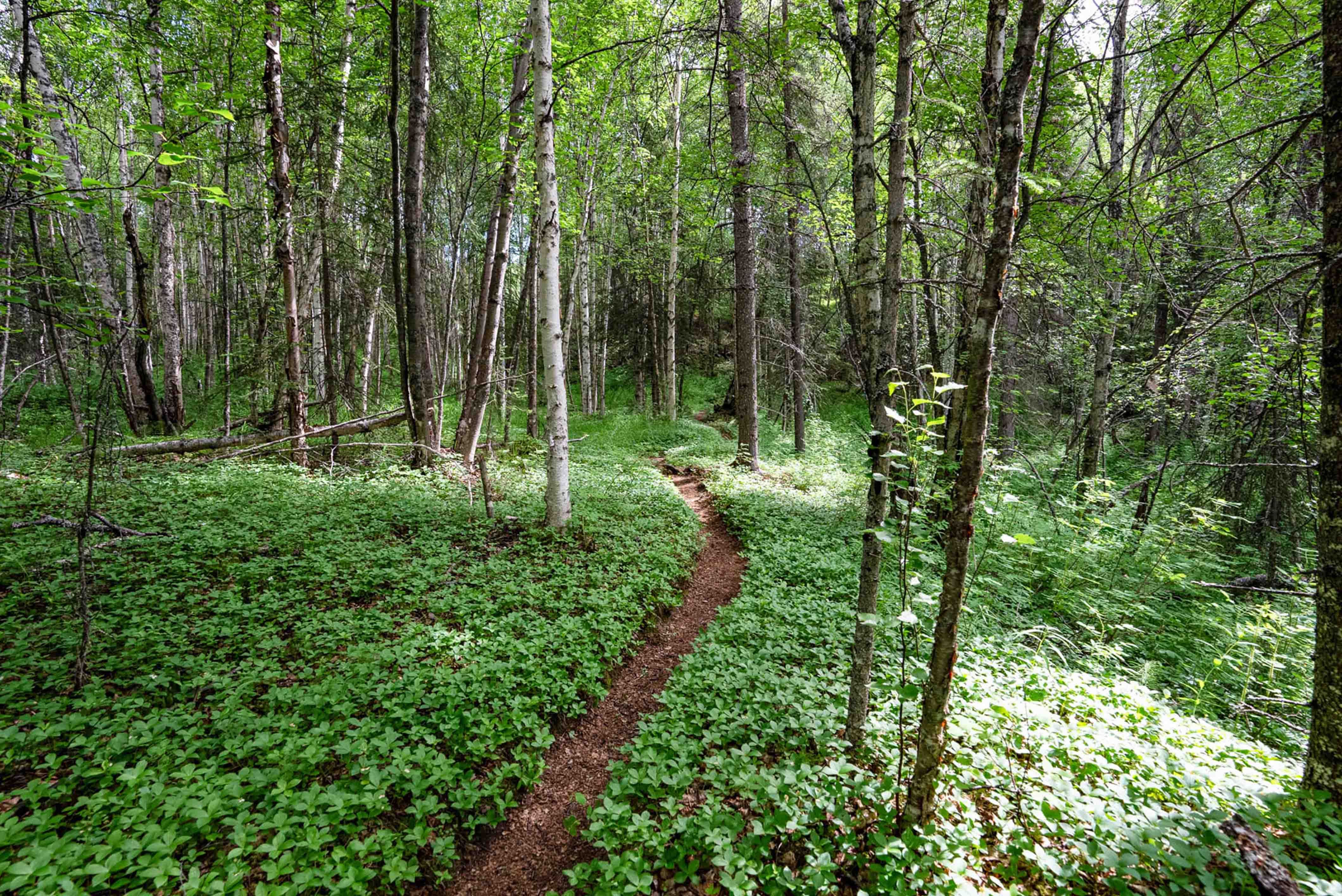
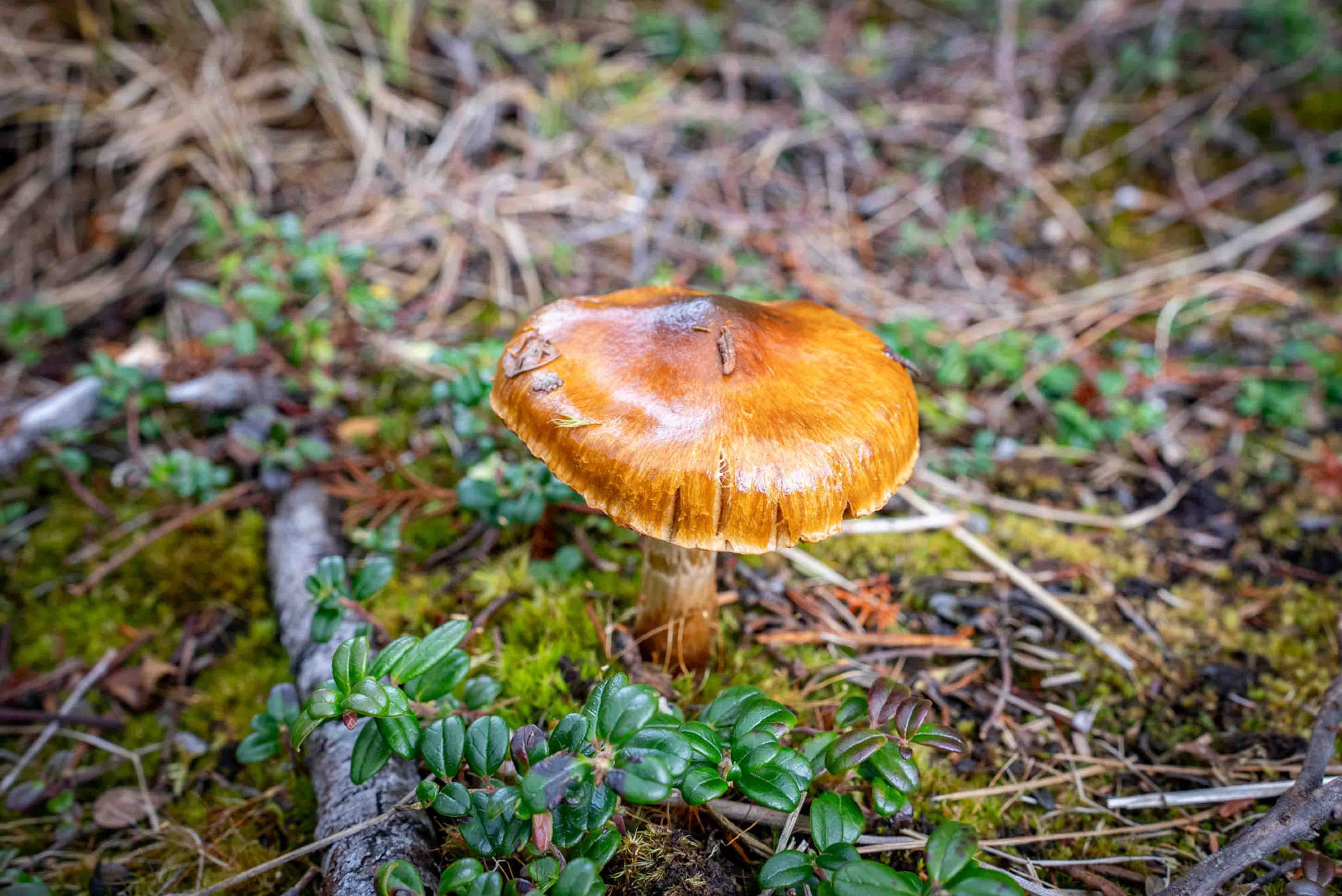


Famous Wildlife Photographers
Lake Clark and Katmai have inspired some of the most renowned wildlife photographers in the world. Names like Thomas Mangelsen, Art Wolfe, and Paul Nicklen have all found inspiration in southwest Alaska. Their work not only showcases the grandeur of wildlife but also emphasizes the importance of conservation.
Thomas Mangelesen’s photography, often featuring bears in their natural habitats, convey a deep appreciation for the wilderness. Art Wolfe’s mastery lies in capturing the intricate patterns of wildlife and their surroundings. Paul Nicklen’s underwater photography, though not exclusive to Alaska, underscores the interconnectedness of marine life and the fragility of their ecosystems. If you are looking for some inspiration check out our Instagram or Facebook accounts, and give them a follow.
Amidst the array of opportunities our lodge provides, wildlife encounters are almost a guarantee. Whether your goal is to capture the funniest animal photo you’ve ever seen or aspiring to become the next nature photographer of the year, your trip will provide ample chances to see wild animals in the heart of Alaska's most famous wilderness.
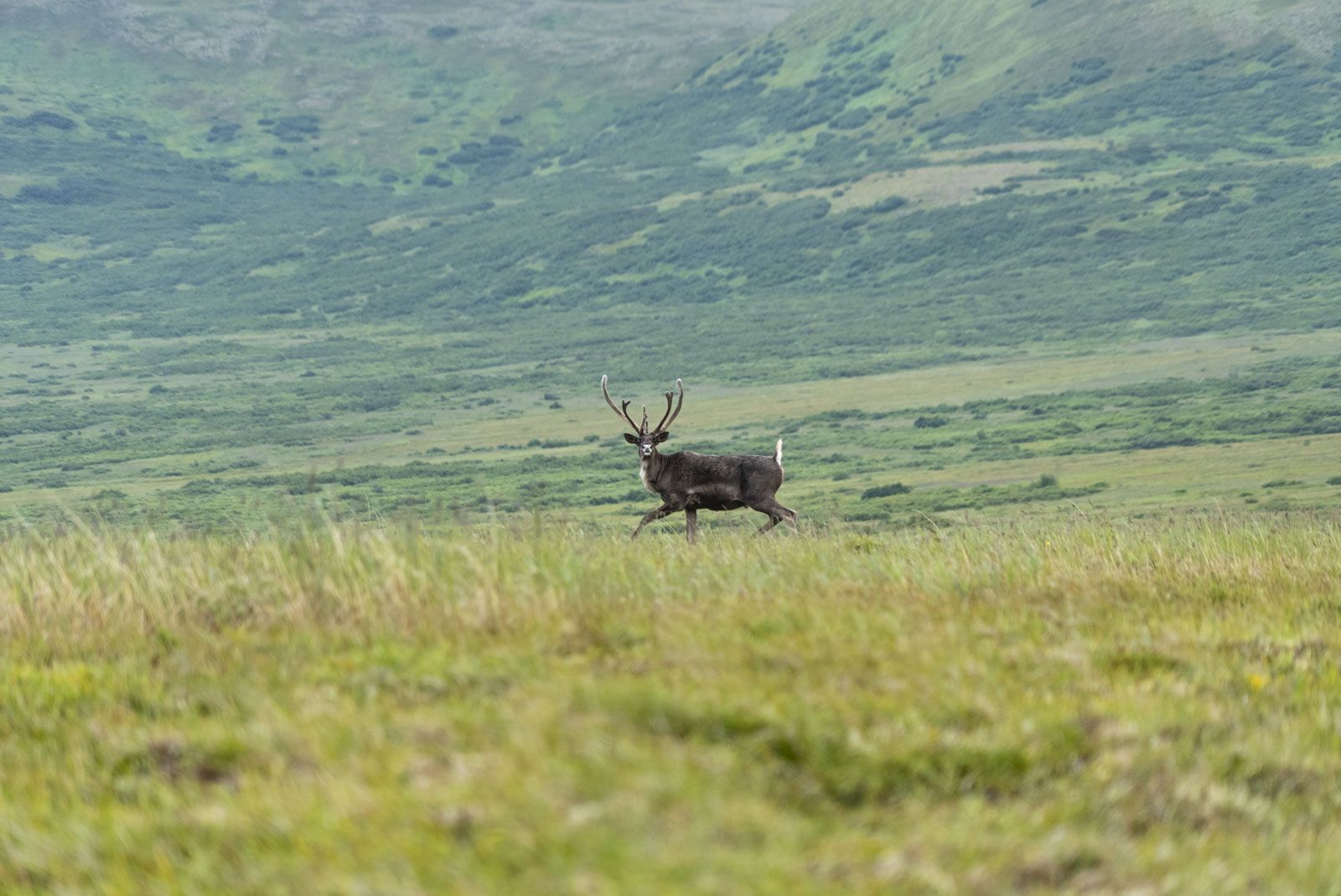
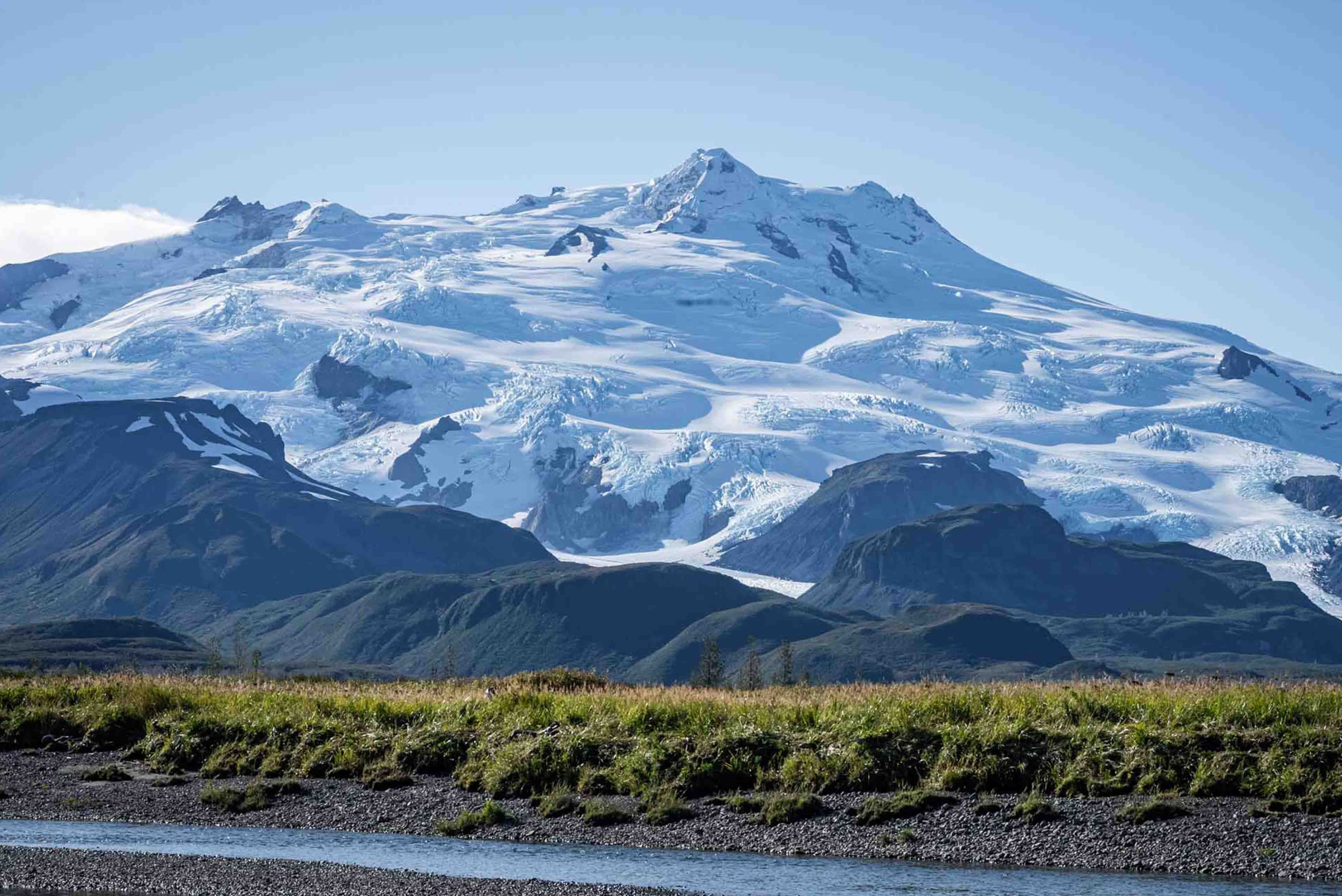
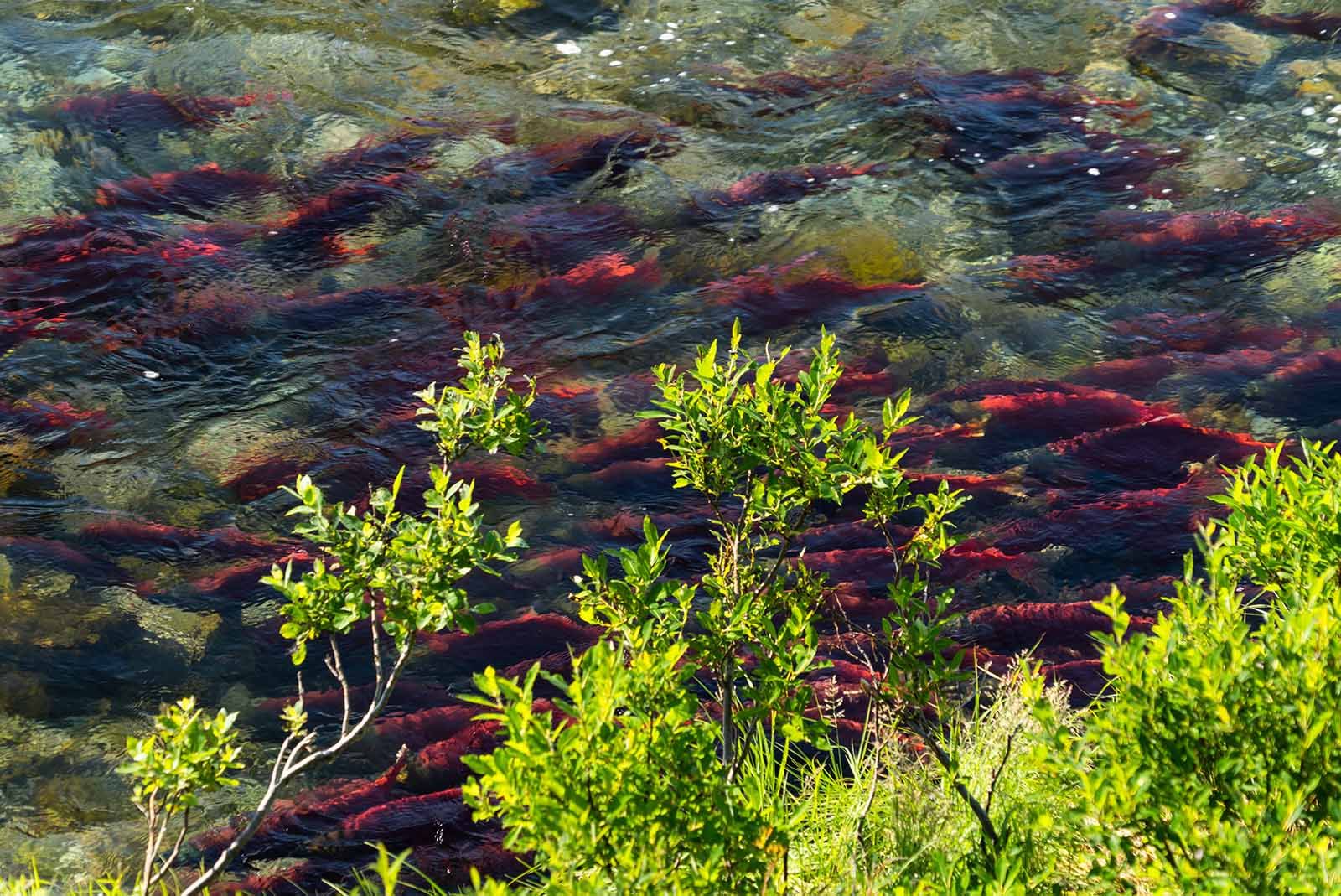
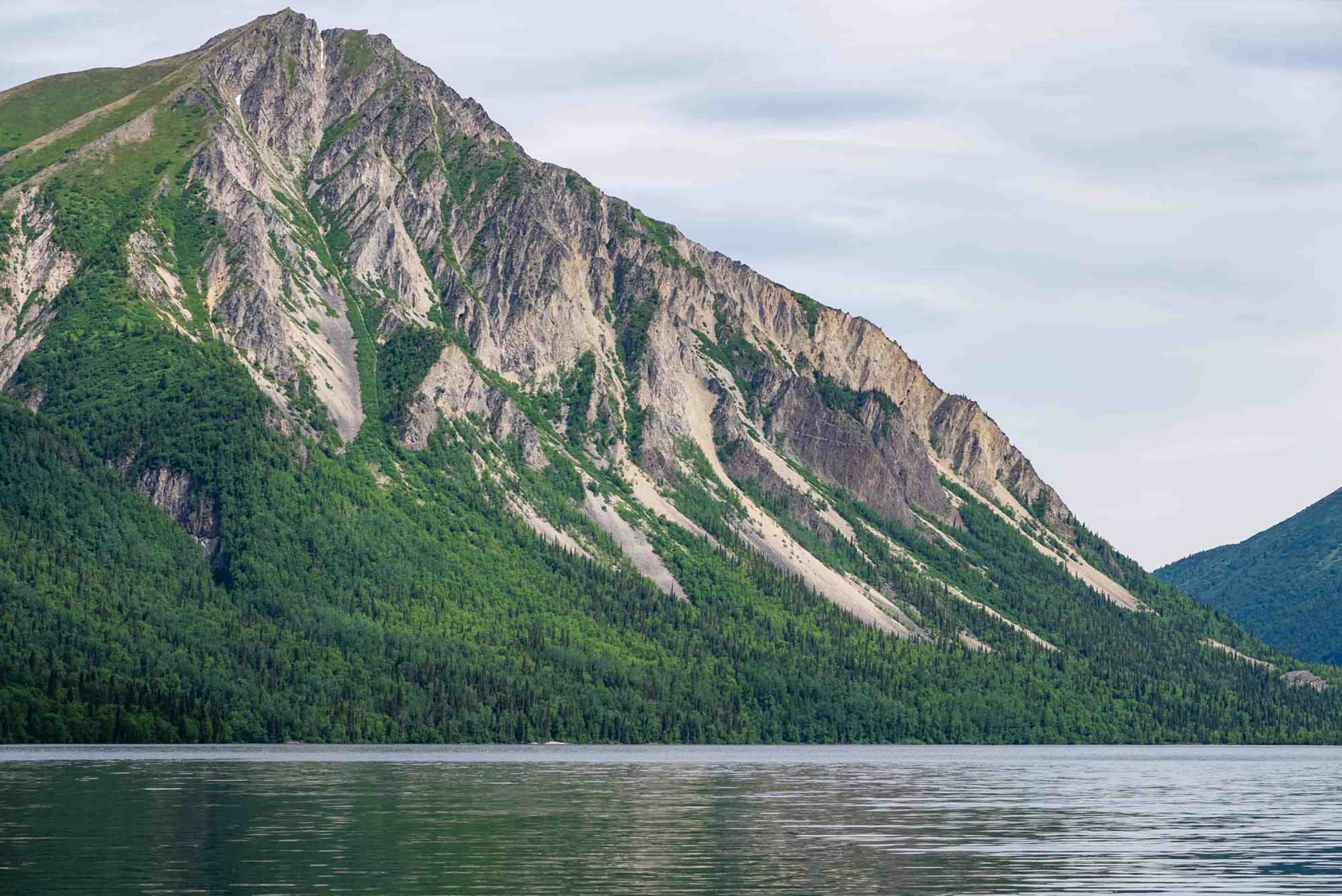
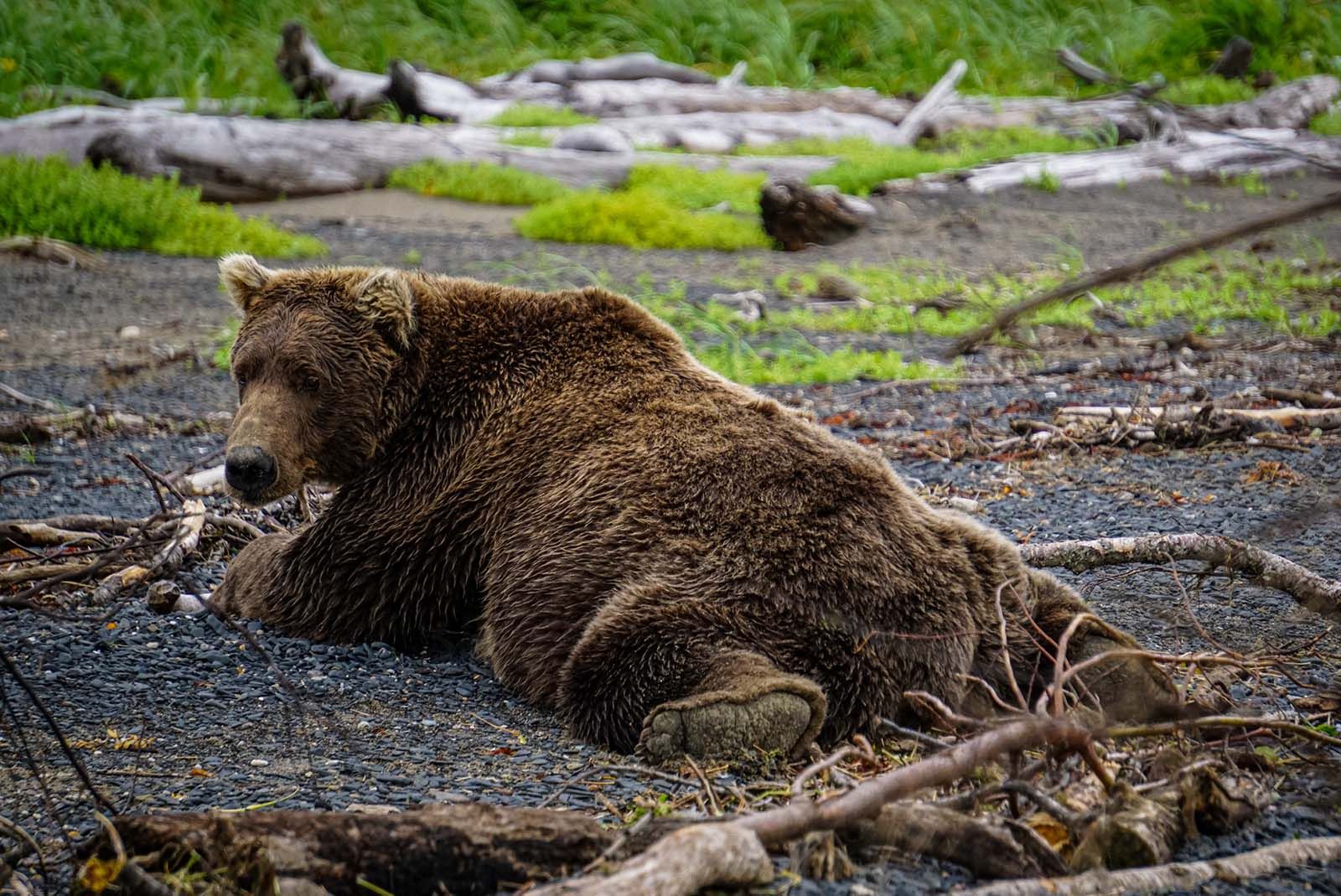
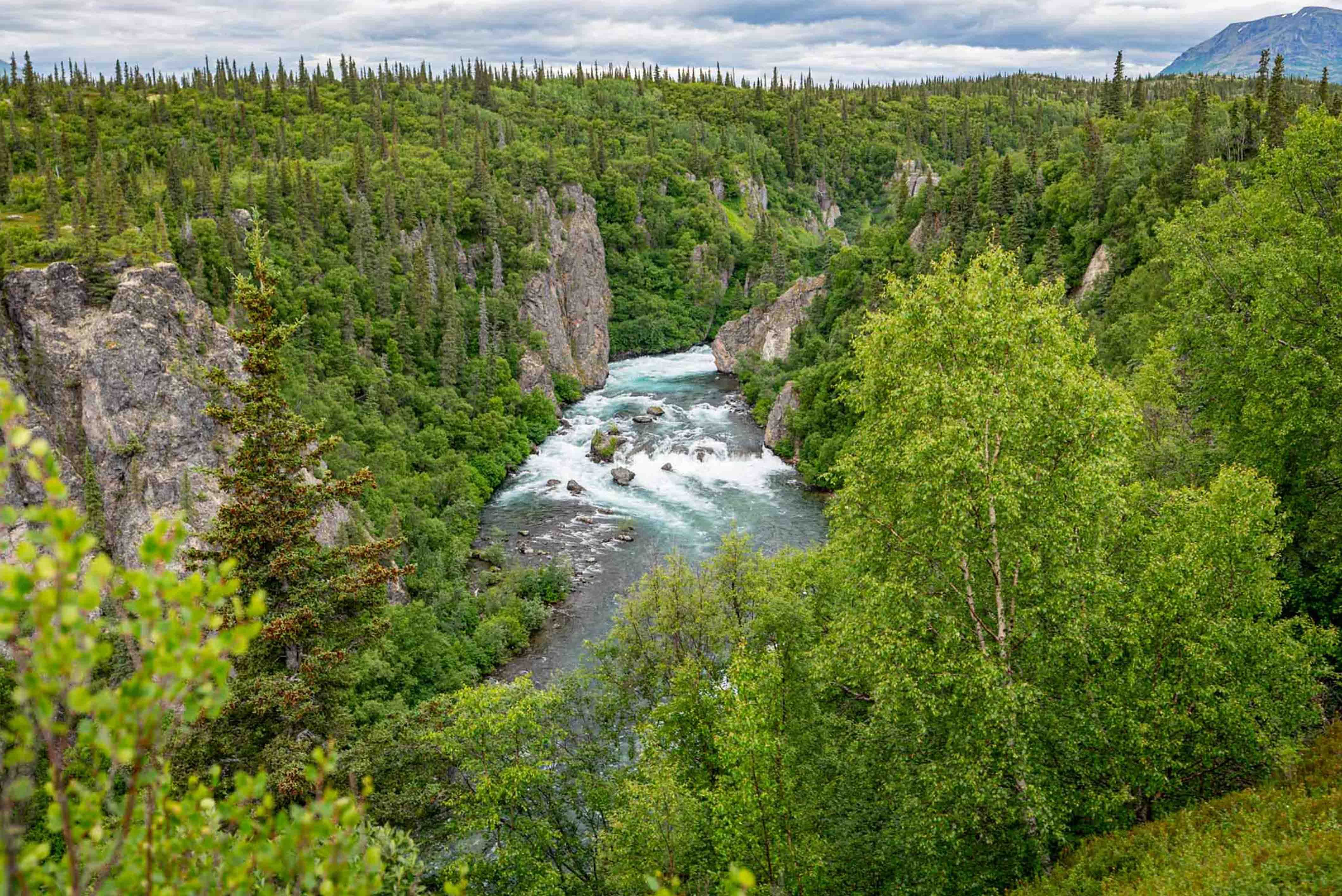
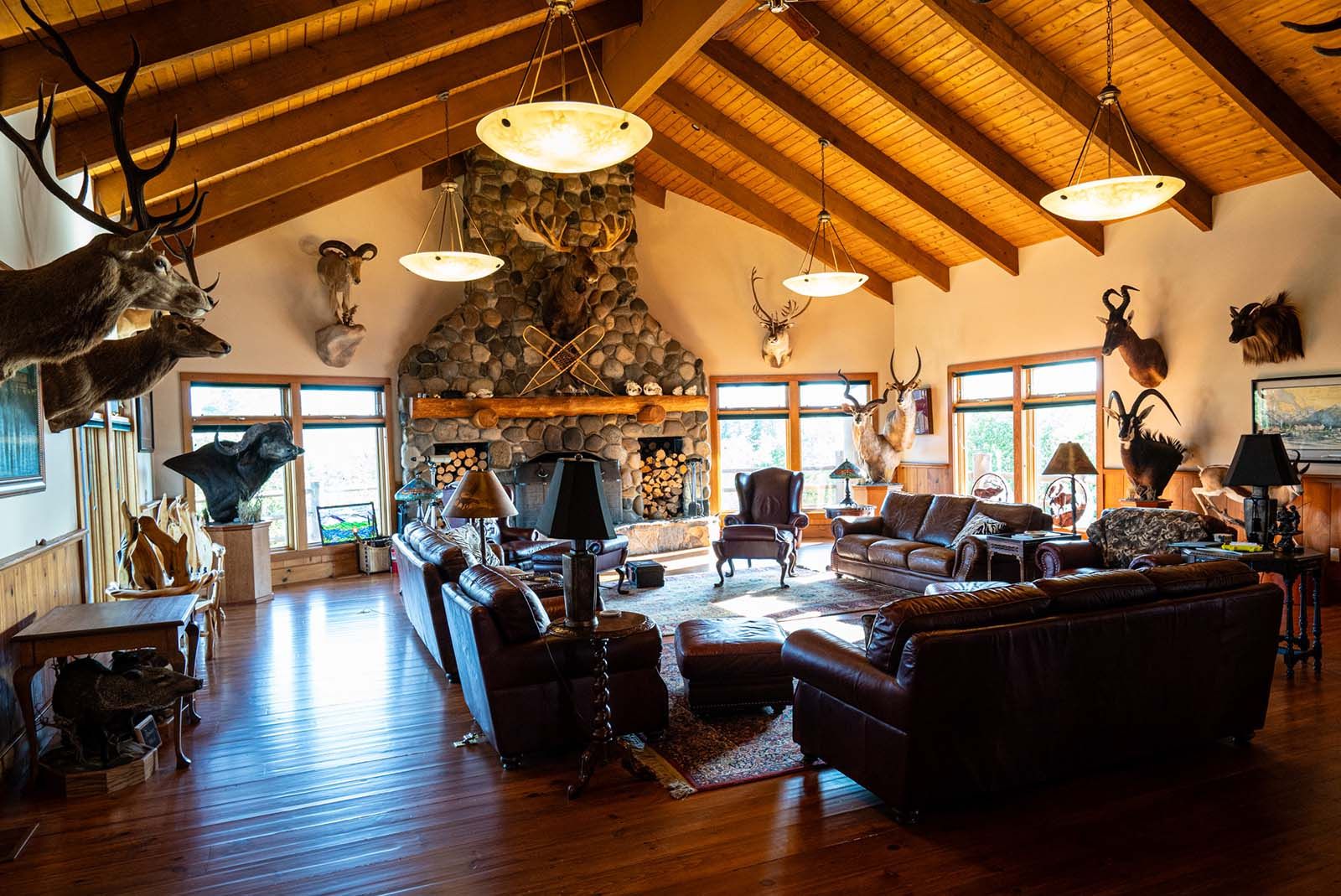
Lake Clark Lodge a classic North American Lodge with a hallmark “great room”, fireplace and large windows. The lodge is surrounded by a large deck for guests to look out on the lake and mountain setting surrounding Keyes Point.
Lake Clark is a 1 hour flight from Anchorage, Homer or Kenai. Most visitors fly into the park headquarters in Port Alsworth. Visitors at Lake Clark Lodge will be flown directly to and from their designated location to our private landing strip on Keyes Point. You won't have to worry about coordinating your flight. We provide air taxi service to and from Anchorage or your designated airport.
The weather in Lake Clark National Park can be quite dynamic. Around summer solstice, the sun sets approximately at 11:30 PM and rises again around 4:30 AM, providing just over 5 hours of daylight. The brevity in daylight hours contributes to swift seasonal changes, influencing the weather accordingly. In general the temperature ranges from the mid 40's to the upper 60's through our 4 month season. To ensure you are well-prepared for a variety of weather conditions that may arise, we recommend consulting our Trip Checklist.





